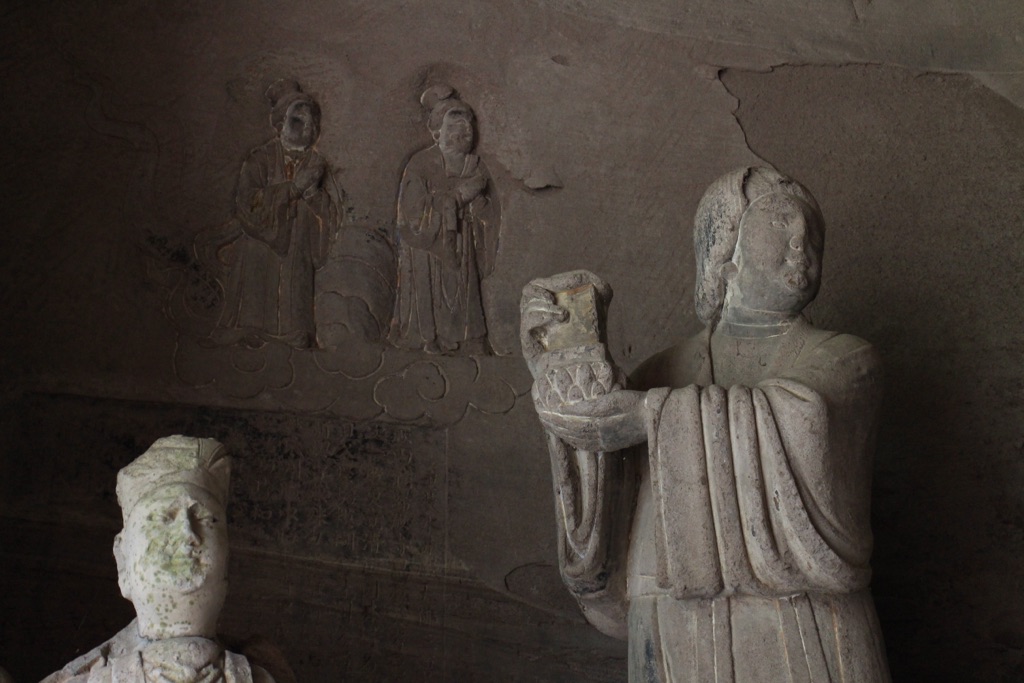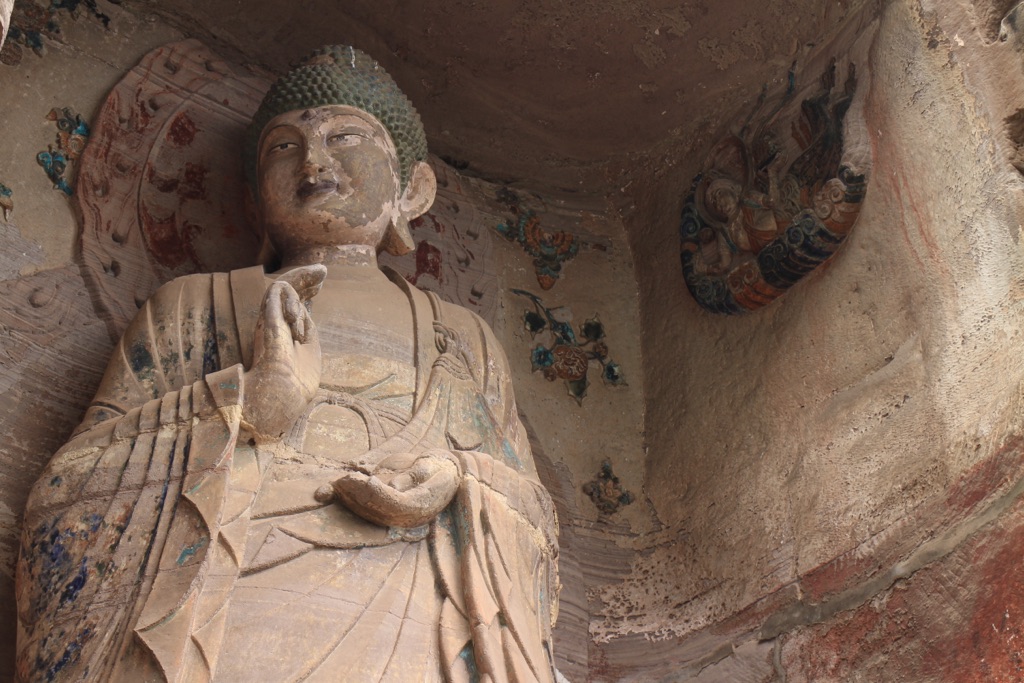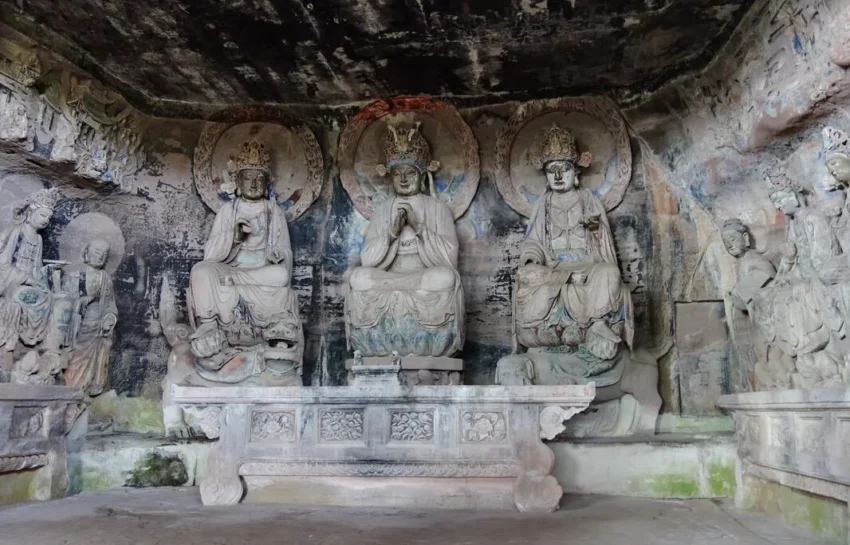The Anyue Grottoes, nestled in the heart of Sichuan Province’s Anyue County, stand as a monumental testament to the rich tapestry of Chinese Buddhist art, spanning several dynasties and encapsulating the spiritual and artistic zenith of ancient China. This academic exploration delves into the historical, cultural, and artistic significance of the Anyue Grottoes, shedding light on their contribution to Chinese heritage and the broader spectrum of Buddhist art globally.
Get your dose of History via Email
Historical Context and Discovery
The Anyue Grottoes, with their earliest statues dating back to the Tang Dynasty in 620 AD, represent a continuum of Chinese Buddhist art that flourished through the Tang and Song dynasties and persisted into the Ming, Qing, and even the Republic of China periods. The discovery and subsequent recognition of these grottoes, particularly with the establishment of the Anyue County Cultural Relics Protection and Management Office in 1982, marked a pivotal moment in the preservation and appreciation of China’s cultural relics. The Reclining Buddha Temple, the first of the statues to be publicly acknowledged, epitomizes the historical depth and artistic diversity of the Anyue Grottoes.
Artistic Significance
The Anyue Grottoes are distinguished by their vast collection of over 100,000 statues, embodying the zenith of Chinese grotto art. These statues, predominantly Buddhist but also featuring Taoist figures, showcase a remarkable evolution in artistic expression—from the solemn and upright early Buddhas to more secular and humane depictions. This transition reflects a broader cultural shift towards humanizing divine figures, making them more relatable to the common populace.
The grottoes are renowned for several iconic sculptures and carvings, including the largest reclining Buddha from the Tang Dynasty, a 210,000-word stone Buddhist scripture, and the Pilu Cave‘s Zizhu Guanyin, hailed as the “Oriental Venus” for its exquisite craftsmanship. These masterpieces not only highlight the technical prowess of ancient Chinese artists but also their profound spiritual insight and creative imagination.

Preservation Efforts
The preservation of the Anyue Grottoes is fraught with challenges, primarily due to the complex geological environment of Sichuan and the adverse effects of weathering. Efforts to protect these invaluable cultural relics have been multifaceted, involving the construction of protective sheds and fences, and the implementation of comprehensive environmental management strategies. These endeavors underscore the commitment of the local community and authorities to safeguarding this heritage for future generations.
Cultural and Tourism Integration
In recent years, Anyue County has embarked on an innovative journey to integrate its rich grotto culture with tourism, thereby enhancing public engagement with and appreciation for these historical treasures. Projects such as the “Grotto + N” initiative have sought to create immersive cultural experiences, blending the ancient allure of the grottoes with modern recreational facilities. This approach not only bolsters local tourism but also plays a crucial role in the sustainable preservation of the Anyue Grottoes.

Conclusion
The Anyue Grottoes stand as a monumental legacy of ancient Chinese Buddhist art, encapsulating the spiritual aspirations and artistic achievements of bygone eras. Through the concerted efforts of preservation and the innovative integration of culture and tourism, the Anyue Grottoes continue to inspire and educate, bridging the past with the present and future. As we delve deeper into the mysteries and marvels of these ancient grottoes, we are reminded of the enduring power of art to connect us with our shared human heritage.
At a glance
- Country: China
- Civilization: Tang Dynasty
- Age: 5th to 12th centuries AD

